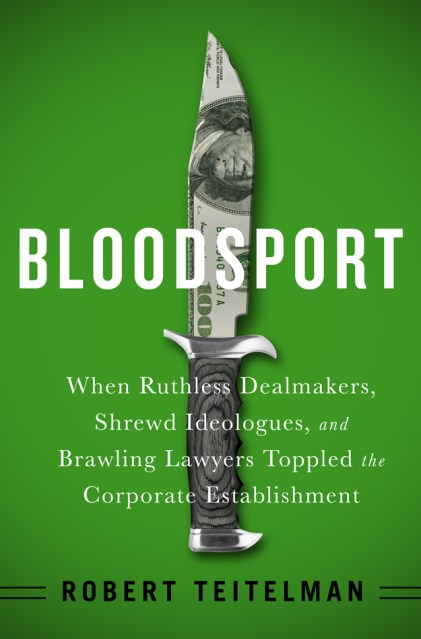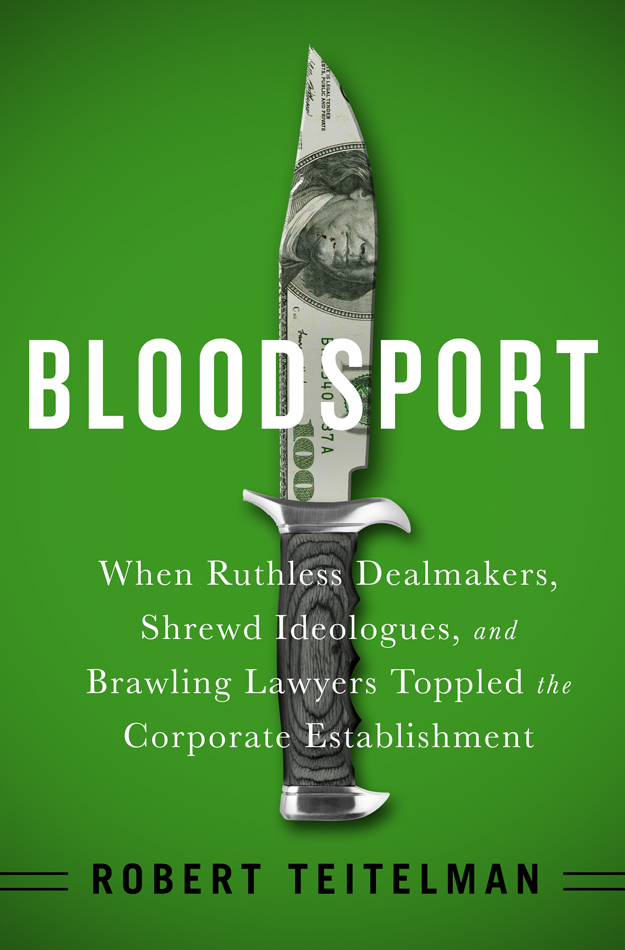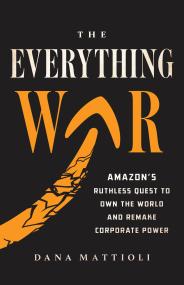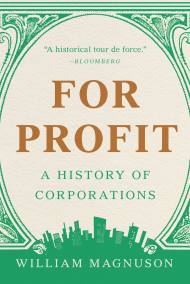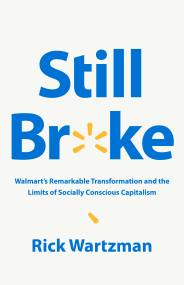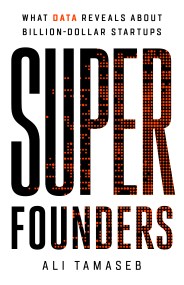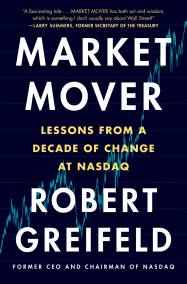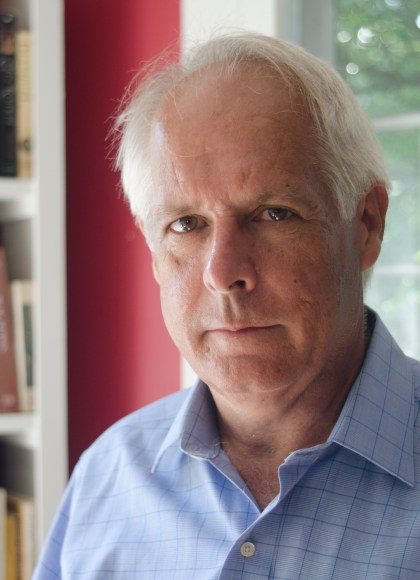Promotion
Use code MOM24 for 20% off site wide + free shipping over $45
Bloodsport
When Ruthless Dealmakers, Shrewd Ideologues, and Brawling Lawyers Toppled the Corporate Establishment
Contributors
Formats and Prices
Price
$19.99Price
$25.99 CADFormat
Format:
- ebook $19.99 $25.99 CAD
- Hardcover $41.00 $52.00 CAD
This item is a preorder. Your payment method will be charged immediately, and the product is expected to ship on or around April 5, 2016. This date is subject to change due to shipping delays beyond our control.
Also available from:
Bloodsport is the story of how the mania for corporate deals and mergers all began. The riveting tale of how power lawyers Joe Flom and Marty Lipton, major Wall Street players Felix Rohatyn and Bruce Wasserstein, prominent jurists, and shrewd ideologues in academic garb provided the intellectual firepower, creativity, and energy that drove the corporate elite into a less cozy, Hobbesian world.
With total dollar volume in the trillions, the zeal for the deal continues unabated to this day. Underpinning this explosion in mergers and acquisitions — including hostile takeovers — are four questions that radically disrupted corporate ownership in the 1970s, whose force remains undiminished:
Are shareholders the sole “owners” of corporations and the legitimate source of power?
Should control be exercised by autonomous CEOs or is their assumption of power illegitimate and inefficient?
Is the primary purpose of the corporation to generate jobs and create prosperity for the masses and the nation?
Or is it simply to maximize the wealth of shareholders?
This battle of ideas became the “bloodsport” of American business. It set in motion the deal-making culture that led to the financialization of the economy and it is the backstory to ongoing debates over competitiveness, job losses, inequality, stratospheric executive pay, and who “owns” America’s corporations.
Genre:
- On Sale
- Apr 5, 2016
- Page Count
- 432 pages
- Publisher
- PublicAffairs
- ISBN-13
- 9781610394147
Newsletter Signup
By clicking ‘Sign Up,’ I acknowledge that I have read and agree to Hachette Book Group’s Privacy Policy and Terms of Use
